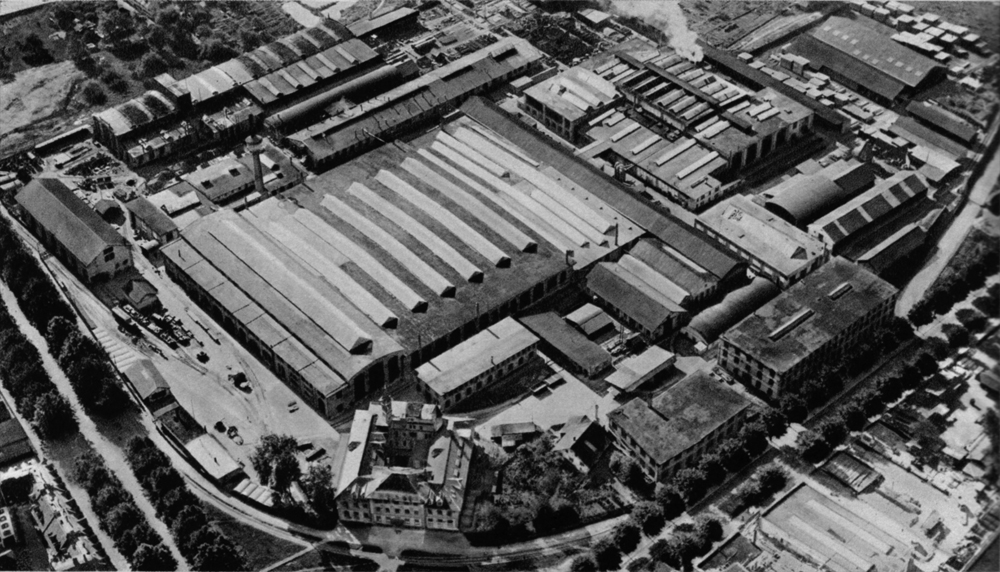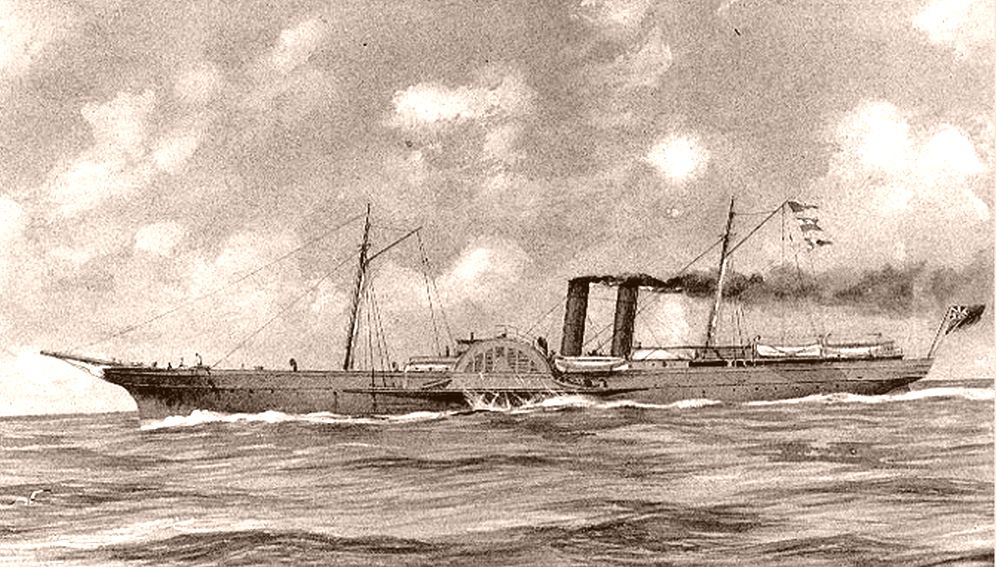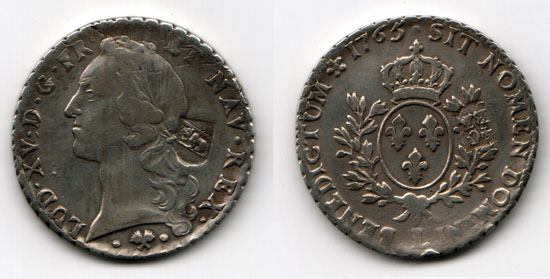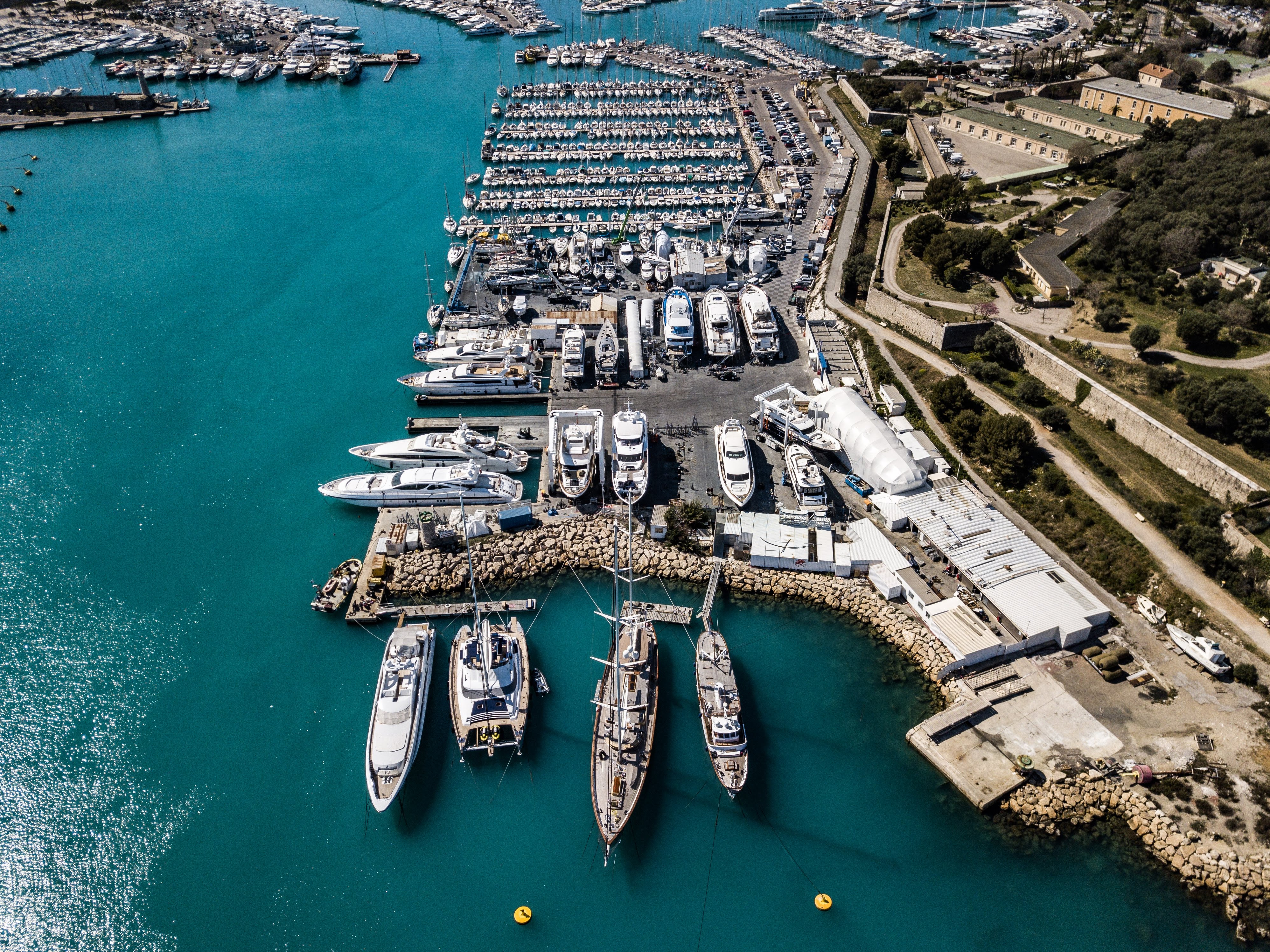|
Blümlisalp (ship)
''Blümlisalp'' or ''Blüemlisalp'' is a paddle-wheel steamer built in 1906, used in regular passenger service on Lake Thun. She is named after the Blüemlisalp mountain massif in the Bernese Oberland. The vessel is operated by BLS AG. Construction and description The saloon steamer was ordered in 1905 by the Oberländische Dampfschifffahrts-Gesellschaft at the company Escher, Wyss & Co. in Zurich, one of the foremost builders of locomotives and industrial machinery at the time. Ordered at a price of 375,000 Swiss francs, ''Blümlisalp'' was destined to overpass all other ships on Lake Thun and Lake Brienz in terms of size, power and elegance. Construction of the ship required some preparations, among them building a covered, long shipyard and a long launching facility, which together cost 165,000 francs. The ship has a main deck length of , a width of , and a draught of when fully loaded and carrying seven tons of coal. The ship carries 800 passengers. Blümlisalp's engine ... [...More Info...] [...Related Items...] OR: [Wikipedia] [Google] [Baidu] |
Lake Thun
Lake Thun () is an Alpine lake in the Bernese Oberland in Switzerland named after the city of Thun, on its northern shore. At in surface area, it is the largest Swiss lake entirely within a single canton. The lake was created after the last glacial period. After the 10th century, it split from Lake Brienz, before which the two lakes were combined, as ''Wendelsee'' ("Lake Wendel"). The culminating point of the lake's drainage basin is the Finsteraarhorn at above sea level. Lake Thun's approximate catchment area frequently causes local flooding after heavy rainfalls. This occurs because the river Aare (), which drains Lake Thun, has only limited capacity to handle the excess runoff. The lake is fed by water from Lake Brienz to the southeast, which is higher than Lake Thun, and various streams in the Oberland, including the Kander. In 1835, passenger steamships began operating regularly on the lake. Ten passenger ships, operated by the local railway company BLS AG like , serv ... [...More Info...] [...Related Items...] OR: [Wikipedia] [Google] [Baidu] |
BLS AG
BLS AG is a Swiss railway company created by the 2006 merger of BLS Lötschbergbahn and Regionalverkehr Mittelland AG. Its ownership is divided, with 55.8% of it owned by the canton of Berne, and 21.7% by the Swiss Confederation. It has two main business fields: passenger traffic and infrastructure. BLS has a subsidiary—BLS Cargo—which is responsible for all freight operations. BLS Cargo works in cooperation with the freight subsidiary of , Railion. However, the staff, apart from management and sales, is employed by BLS AG. Part of the BLS locomotive fleet is owned by BLS Cargo. Another subsidiary, BLS Fernverkehr AG, is responsible for long-distance passenger transport. BLS Fernverkehr AG is wholly owned by BLS AG. Infrastructure In 2007 the new, Lötschberg Base Tunnel opened, which is part of the 449 km of infrastructure owned and operated by BLS AG. The Lötschberg base tunnel was built by a wholly owned subsidiary, BLS AlpTransit AG. By mid-2007 this compan ... [...More Info...] [...Related Items...] OR: [Wikipedia] [Google] [Baidu] |
Escher Wyss & Cie
Escher Wyss & Cie., also known as Escher Wyss AG, was a Swiss industrial company focused on engineering and turbine construction. Its headquarters were in the Zürich quarter of Escher Wyss, which takes its name from the company. History The company was founded, as Escher Wyss & Cie., in 1805 by Hans Caspar Escher and Salomon von Wyss. After having originally started the company as a textile spinning business, the two expanded their enterprise to include a machine shop that manufactured textile machinery, water wheels, water turbines, power transmission equipment, and starting in 1835, ships, including boilers and steam engines. After 1860, under the direction of Hans Zoelly, the company concentrated on hydraulic systems, steam engines and cooling systems. Between 1904 and 1929 steam turbines were produced for thermal power plants, ships and locomotives. The company also manufactured hydraulic systems for hydroelectric plants. Around this time it provided equipment for No ... [...More Info...] [...Related Items...] OR: [Wikipedia] [Google] [Baidu] |
Paddle-wheel Steamer
A paddle steamer is a steamship or steamboat powered by a steam engine driving paddle wheels to propel the craft through the water. In antiquity, paddle wheelers followed the development of poles, oars and sails, whereby the first uses were wheelers driven by animals or humans. In the early 19th century, paddle wheels were the predominant way of propulsion for steam-powered boats. In the late 19th century, paddle propulsion was largely superseded by the screw propeller and other marine propulsion systems that have a higher efficiency, especially in rough or open water. Paddle wheels continue to be used by small, pedal-powered paddle boats and by some ships that operate tourist voyages. The latter are often powered by diesel engines. Paddle wheels The paddle wheel is a large steel framework wheel. The outer edge of the wheel is fitted with numerous, regularly spaced paddle blades (called floats or buckets). The bottom quarter or so of the wheel travels under water. An engin ... [...More Info...] [...Related Items...] OR: [Wikipedia] [Google] [Baidu] |
Paddle-wheel Steamer
A paddle steamer is a steamship or steamboat powered by a steam engine driving paddle wheels to propel the craft through the water. In antiquity, paddle wheelers followed the development of poles, oars and sails, whereby the first uses were wheelers driven by animals or humans. In the early 19th century, paddle wheels were the predominant way of propulsion for steam-powered boats. In the late 19th century, paddle propulsion was largely superseded by the screw propeller and other marine propulsion systems that have a higher efficiency, especially in rough or open water. Paddle wheels continue to be used by small, pedal-powered paddle boats and by some ships that operate tourist voyages. The latter are often powered by diesel engines. Paddle wheels The paddle wheel is a large steel framework wheel. The outer edge of the wheel is fitted with numerous, regularly spaced paddle blades (called floats or buckets). The bottom quarter or so of the wheel travels under water. An engin ... [...More Info...] [...Related Items...] OR: [Wikipedia] [Google] [Baidu] |
Blüemlisalp
The Blüemlisalp is a massif of the Bernese Alps, in the territory of the municipalities of Kandersteg and Reichenbach im Kandertal. Its main peaks are: *Blüemlisalphorn (3,660 m) *Wyssi Frau (3,648 m) *Morgenhorn (3,620 m) *Oeschinenhorn (3,486 m) The entire massif is contained within the canton of Bern, as it lies north of the main crest and water divide of the Bernese Alps. To the west, it is connected with the Doldenhorn group via the Fründenhorn; to the east, it is continued by the Gspaltenhorn. To the south, it is connected to the main crest by the Tschingel Pass. Ascent is from the Blüemlisalphütte' (2,840 m), over the glacier, past the Wildi Frau (3,274 m) Geography The Blüemlisalp forms a ridge of great height, cut away in precipices on the southeast side, surmounted by four principal peaks, in the following order, reckoning from east to west: Morgenhorn (3,620 m), Wyssi Frau (3,648 m), the Blüemlisalphorn (3,660 m) and the Oeschinenhorn (3,486 m). To the ... [...More Info...] [...Related Items...] OR: [Wikipedia] [Google] [Baidu] |
Bernese Oberland
The Bernese Oberland (; ; ), sometimes also known as the Bernese Highlands, is the highest and southernmost part of the canton of Bern. It is one of the canton's five administrative regions (in which context it is referred to as ''Oberland'' without further specification). It constitutes the Alps, Alpine region of the canton and the northern side of the Bernese Alps, including many of its highest peaks, among which the Finsteraarhorn (), the highest in both range and canton. The region essentially coincides with the upper basin of the Aare, the latter notably including Lake Thun and Lake Brienz, the two large lakes of the region. On the banks of the lakes or the Aare are the main settlements of Thun, Spiez, Interlaken, Brienz and Meiringen. The numerous side valleys of the Bernese Oberland include a large number of Alpine villages, many of them being tourist resorts and connected by mountain railways to Spiez and Interlaken. The Lötschberg, a major north-south axis through the Alp ... [...More Info...] [...Related Items...] OR: [Wikipedia] [Google] [Baidu] |
Zurich
Zurich (; ) is the list of cities in Switzerland, largest city in Switzerland and the capital of the canton of Zurich. It is in north-central Switzerland, at the northwestern tip of Lake Zurich. , the municipality had 448,664 inhabitants. The Urban agglomeration, urban area was home to 1.45 million people (2020), while the Zurich Metropolitan Area, Zurich metropolitan area had a total population of 2.1 million (2020). Zurich is a hub for railways, roads, and air traffic. Both Zurich Airport and Zürich Hauptbahnhof, Zurich's main railway station are the largest and busiest in the country. Permanently settled for over 2,000 years, Zurich was founded by the Roman Empire, Romans, who called it '. However, early settlements have been found dating back more than 6,400 years (although this only indicates human presence in the area and not the presence of a town that early). During the Middle Ages, Zurich gained the independent and privileged status of imperial immediacy and, in 1519 ... [...More Info...] [...Related Items...] OR: [Wikipedia] [Google] [Baidu] |
Swiss Franc
The Swiss franc, or simply the franc, is the currency and legal tender of Switzerland and Liechtenstein. It is also legal tender in the Italian exclave of Campione d'Italia which is surrounded by Swiss territory. The Swiss National Bank (SNB) issues banknotes and the federal mint Swissmint issues coins. It is also designated through currency signs ''Fr.'' (in German language), ''fr.'' (in French language, French, Italian language, Italian, Romansh languages), as well as in any other language, or internationally as ''CHF'' which stands for Franc. This acronym also serves as the ISO 4217 currency code, used by banks and financial institutions. The smaller denomination, a hundredth of a franc, is a (Rp.) in German, (c.) in French, (ct.) in Italian, and (rp.) in Romansh. The official symbols ''Fr.'' (German symbol) and ''fr.'' (Latin languages) are widely used by businesses and advertisers, also for the English language. According to ''Art. 1 SR/RS 941.101'' of the federal law ... [...More Info...] [...Related Items...] OR: [Wikipedia] [Google] [Baidu] |
Lake Brienz
Lake Brienz () is a lake just north of the Alps, in the canton of Bern in Switzerland. It has a length of about , a width of and a maximum depth of . Its area is ; the surface is above the sea-level. It is fed, among others, by the upper reaches of the Aare at its eastern end, the Giessbach at its southern shore from steep, forested and rocky hills of the high Faulhorn and Schwarzhoren more than above the lake, as well as by both headwaters of the Lütschine, the ''Schwarze Lütschine'' (Black Lütschine) flowing from Grindelwald, and the ''Weisse Lütschine'' (White Lütschine) from the Lauterbrunnen Valley, at its southwestern corner. Not far north from Lütschine's inflow, the lake drains into a further stretch of the Aare at its western end. The culminating point of the lake's drainage basin is the Finsteraarhorn at 4,274 metres above sea level. The village of Brienz, from which the lake takes its name, lies on the northern shore to its eastern end. In the west, the ... [...More Info...] [...Related Items...] OR: [Wikipedia] [Google] [Baidu] |
Shipyard
A shipyard, also called a dockyard or boatyard, is a place where ships are shipbuilding, built and repaired. These can be yachts, military vessels, cruise liners or other cargo or passenger ships. Compared to shipyards, which are sometimes more involved with original construction, dockyards are sometimes more linked with maintenance and basing activities. The terms are routinely used interchangeably, in part because the Shipyard#History, evolution of dockyards and shipyards has often caused them to change or merge roles. Countries with large shipbuilding industries include Australia, Brazil, China, Croatia, Denmark, Finland, France, Germany, India, Republic of Ireland, Ireland, Italy, Japan, the Netherlands, Norway, the Philippines, Poland, Romania, Russia, Singapore, South Korea, Sweden, Taiwan, Turkey, the United Arab Emirates, Ukraine, the United Kingdom, the United States and Vietnam. The shipbuilding industry is more fragmented in Economy of Europe, Europe than in Econom ... [...More Info...] [...Related Items...] OR: [Wikipedia] [Google] [Baidu] |







